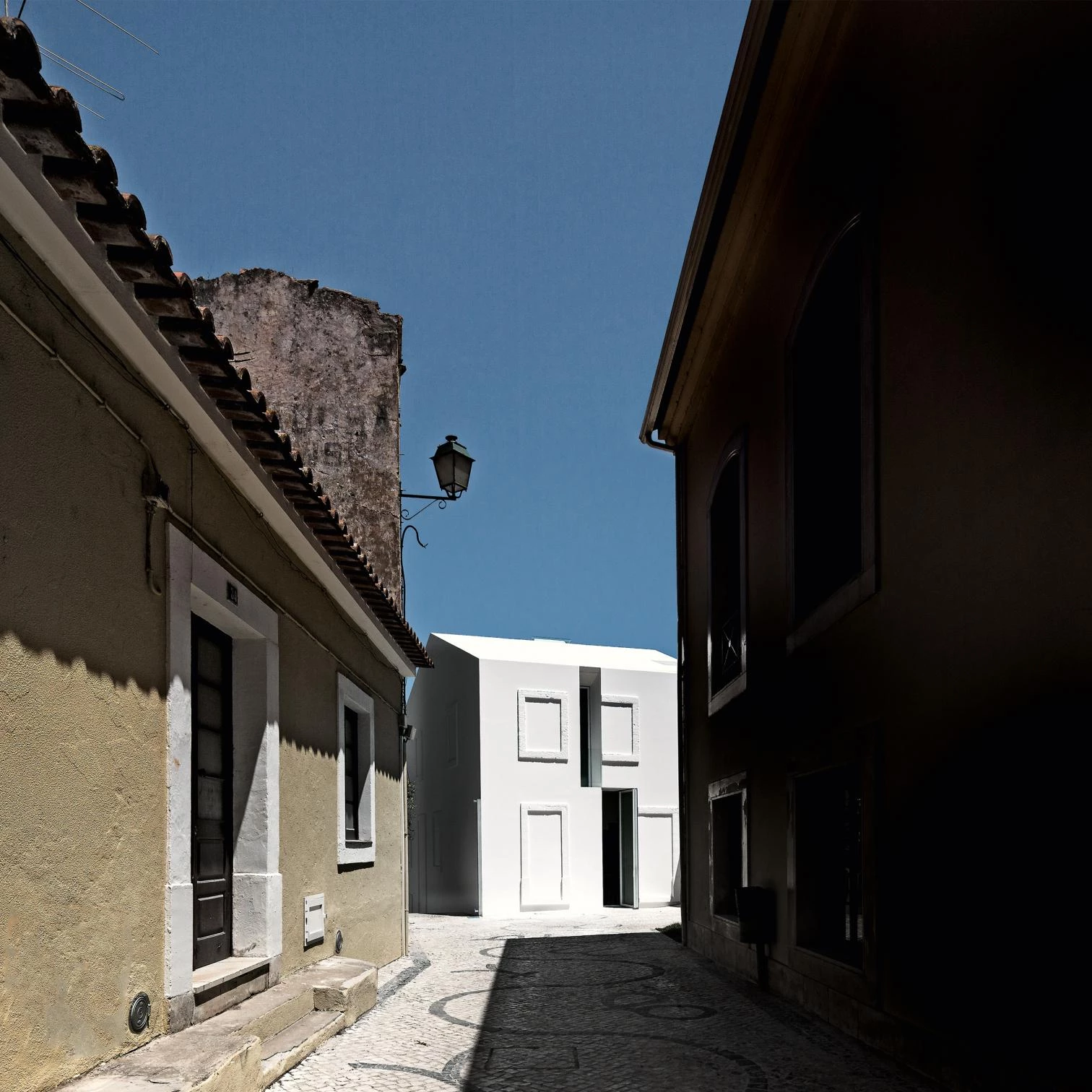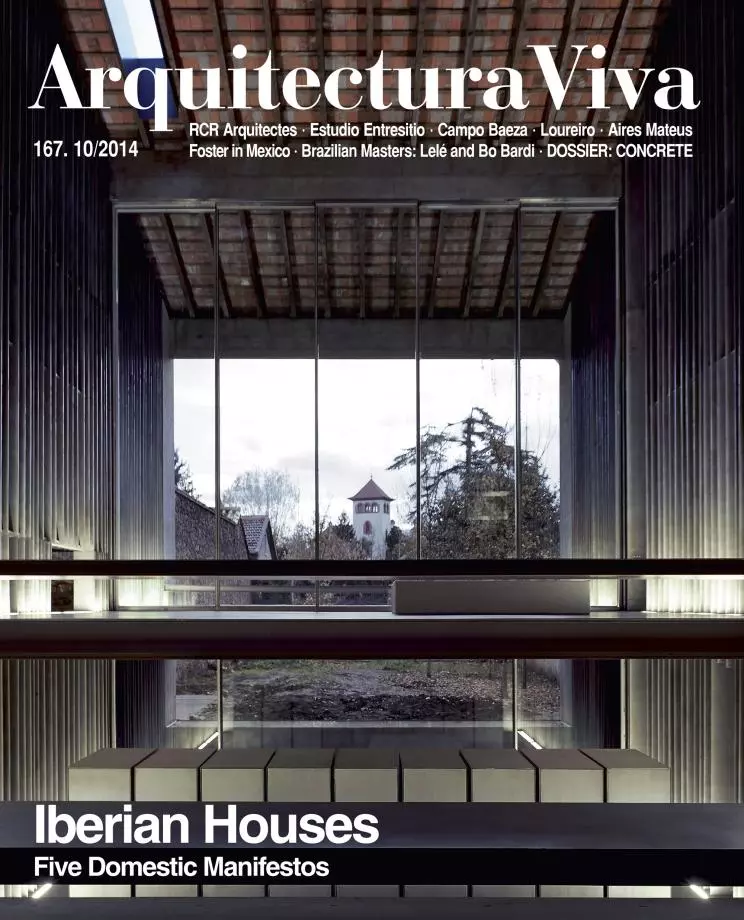
Modernity turned each house into a manifesto, and the history of architecture in the 20th century can be summed up with domestic constructions that became milestones in a journey of discovery. This tradition of expressing the aesthetic intentions of architects with residences – which allow greater freedom than public commissions – continues today, and places houses in a territory that allows radical explorations of architectural language. Many of these manifesto-houses have been second residences, used only sporadically, and the most influential of them have often ended up being museums of themselves, exhibition spaces or headquarters of institutions linked to their author. Indecisive between the private and the public, these houses combine the formal laboratory with the programmatic statement, and must be understood in terms of their message rather than their function.
In the midst of an unprecedented construction crunch, marked in the media by the credit crisis and evictions, and when the real estate logic and the mortgage debate have pushed to the margins any aesthetic or stylistic issue, it seems superfluous to deal with objects that are located in a formal rather than social sphere; and at a time in our collective life characterized by a wide and blurred rebellion against the economic elites and a very keen perception of inequality, it would seem provocative to list the virtues of singular residences, often expensive to build, and that perhaps only find justification in the ambiguous field of the ‘aspirational.’ Manifesto-houses, however, fulfill the same role as top level motor racing or nautical competition, reserved to just a few, and at the same time a breeding ground for innovations that end up reaching our daily life.
Like the colorist circus of Formula 1, top level architectural competition combines research and spectacle. We can indeed promote grassroots sports and social housing, but we would become emotionally deprived if we gave up the thrill of the unexpected, the challenge of the unknown or the stimulus of the extraordinary. The homo faber is also a homo ludens, we probably need as much panem as circenses, and Lent would be unbearable without carnival. We would like to think that it is possible to enjoy the beauty of exclusive works without giving up the ordinary, to document qualitative excellence without ignoring the importance of the quantitative, and to publish unique houses neglecting neither housing nor the urban. This is probably the excusatio non petita underlying the presentation of these five architectural manifestoes in the center and the perimeter of our pentagonal Peninsula.





